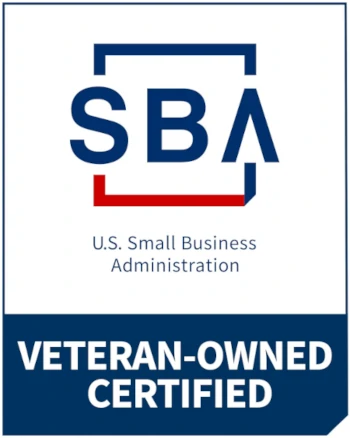
Circle Track Racing
Dirt track racing (circle track) is a form of motorsport held on clay or dirt surfaced oval racetracks often used for thoroughbred horse racing. Dirt track racing started in the United States before World War I and became widespread during the 1920s and 1930s using both automobiles and motorcycles.
Two different types of race cars dominate – open wheel racers in the Northeast and West and stock cars in the Midwest and South. While open wheel race cars are purpose-built racing vehicles, stock cars (also known as fendered cars) can be either purpose-built race cars or street vehicles that have been modified to varying degrees. There are more than 1,500 active local and regional racetracks throughout the nation.
Each racetrack or sponsoring organization maintains a rule book outlining each class of race car which includes dimensions, engine size, equipment requirements, and prohibitions. The requirements for each class race are usually coordinated with multiple tracks to allow for the widest available venue for each type of car. This coordination allows the drivers to compete at many different racetracks, increases competitors’ chances of winning, and lets racing associations develop a series of race events that promote fan interest.
One such class is known as Circle Track Sealed Engines. General Motors, thru Chevrolet Performance Circle Track Crate Engines, sponsors several race series. It offers certified sealed racing engines modified specifically for racing that are based on standard high-performance street class crate engines.
Only two certified rebuilders modify these engines to produce budget-conscious racing engines with accredited horsepower and torque. These are ideal for the competitive circle track series. The most cost effective is the CT 350 which will generate 350 HP with 396 lb.-ft Torque. On the most popular ½ mile tracks, these CT 350 engines can propel a 2,300 pounds weight vehicle to speeds exceeding 150 mph.
Before the engines leave the rebuilder, fourth generation Signakey anti-tampering seals are fitted to prevent the removal of the cylinder heads, intake manifold, oil pan, and front cover. Such modifications by racers seeking to improve performance, are outside the race series rules.
During installation of the anti-tampering kits, the eight unique encrypted Signakey serial numbers and their exact locations on the engine are recorded. That information is stored in a Signakey database, is available real-time to GM track officials, who typically inspect at least the engine of the winning car after each race.
Smartphones with an installed Signakey App can confirm the location by decoding the Signakey in situ and disqualifying the driver/vehicle for non-compliance. Drivers who believe their race results could be better, elect to break the engine seals to modify the certified engine. To compete in another race, they must reseal the engine – often by resorting to buying “cheater” kits. These kits do not pass scrutiny of the track inspectors and when caught this can result in a lifetime series ban and/or confiscation of the engine.
Signakey anti-tampering seals have been installed on all Chevrolet engines used in every Chevrolet sponsored track race series around the US and Canada.

